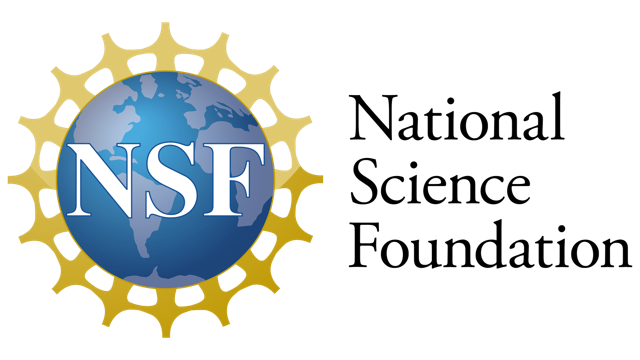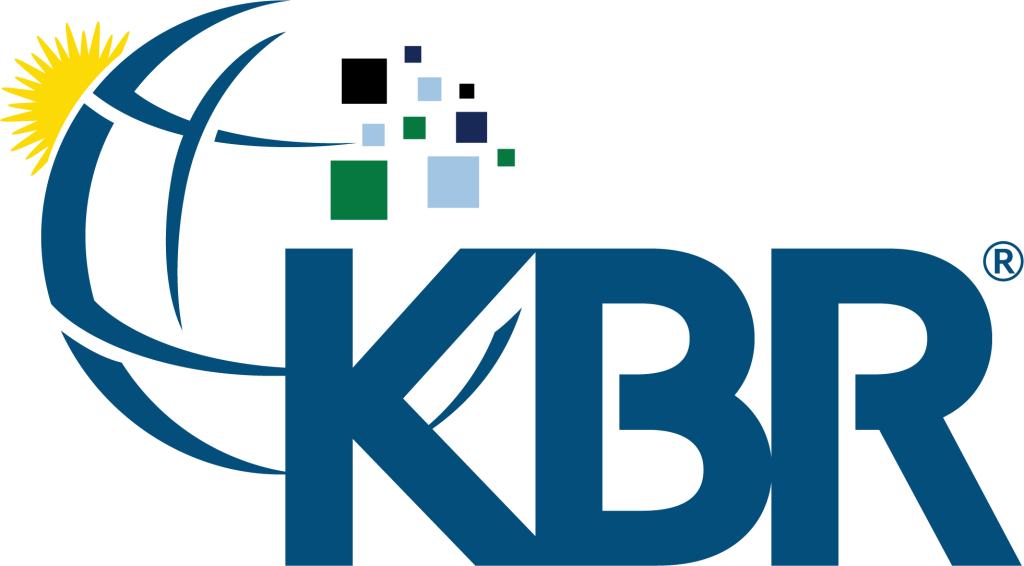Our Keynote Speakers
DSTs: The "Seen" and the "Unseen"
Abstract:
Understanding the spectrum characteristics of an environment has been central to several areas ranging from network planning and deployment to coexistence between heterogeneous technologies. The advances in computing and AI has led to sophisticated models for such spectrum characterization under the broader umbrella of “digital spectrum twins”(DSTs). In this talk, I will highlight the importance and benefits of going beyond radio frequency (RF) in the creation of such DSTs through two case studies relating to the “seen” and the “unseen” dimensions.
In the “seen” dimension, I will present the case of an “aerial” mobile network that needs to be set-up on-demand to enable public-safety operations. Having a digital spectrum twin for the environment is paramount to optimized aerial base station deployment and connectivity. Yet, one of the biggest challenges in generating an accurate DST is the associated expensive and time-consuming effort of RF data collection in such new environments. I will highlight how the use of a complementary modality such as vision sensors (widely available on most aerial platforms) coupled with intelligent, compact models that can reside on drones, be instrumented to learn RF features from vision images, thereby informing and adapting the RF data collection process. The result is a significant reduction in time and overhead spent in the creation of DST without compromising on its accuracy.
In the “unseen” dimension, I will present the case of a 5G mobile network coexisting with another heterogeneous network (e.g. fixed satellited, WiFi) in the same spectrum. In contrast to the conventional approach of analyzing RF signals and accordingly adapting communications, I will present a novel paradigm called “interference tomography” – where client devices are transformed to serve as distributed “interference” sensors, albeit at the access layer. By analyzing the 5G access statistics of the clients collectively in a scalable manner, we can transform the existing 5G communication network into a dual interference-sensing network that can “blue-print” and localize the unseen interference sources in the environment, thereby leading to efficient coexistence decisions.
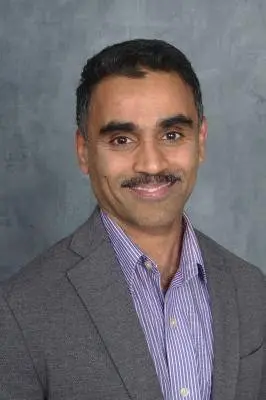
Karthik Sundaresan
Georgia Institute of Technology
Bio: Karthikeyan (Karthik) Sundaresan is a Professor in the School of ECE, Georgia Tech. His research interests are broadly in wireless networking and mobile computing, and span both algorithm design as well as system prototyping. He is the recipient of ACM Sigmobile’s Rockstar award (2016) for early career contributions to mobile computing and wireless networking, as well as several best paper awards at prestigious ACM and IEEE conferences. He holds over sixty patents, and received business contribution awards for bringing research technology to commercialization in industry at NEC. He also led the spin-out efforts of two innovative, lab-grown research technologies for infrastructure-free tracking of first responders in GPS-denied environments and sustainable, massive scale product tracking in supply chains. He has participated in various organizational and editorial roles for IEEE and ACM conferences and journals, and served as the PC co-chair for ACM MobiCom’16. He is a Fellow of the National Academy of Inventors and IEEE, and an ACM distinguished scientist.
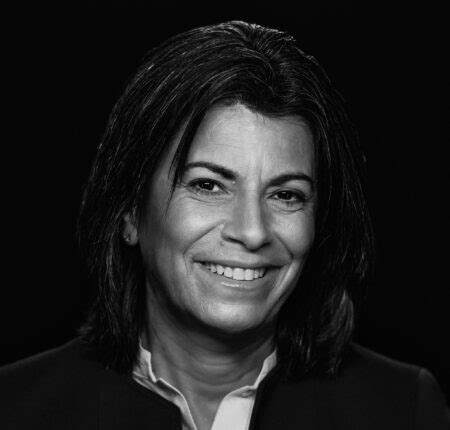
Gisele Bennett
MEPSS LLC
Bio: Dr. Gisele Bennett is co-Founder and managing member of MEPSS LLC, a software-based startup for decision support and automation. She has held academic, industry, and research positions for over 30 years. She has worked on numerous projects with RFID and developing digital twins for factory optimization. She is a member of the Army Science Board, the Editor-in-Chief for Applied Optics, a member of the Strategic Planning Committee for Optica, a member of the AIP Investment Advisory Committee, and is the 2024 President-Elect for Optica. She served on the board of directors for Optica (formally OSA) and was the President for the IEEE Council on RFID. She is on the Board of Trustees for Riverside Research Institute and is on the Georgia Tech Research and Economic Development External Advisory Board. She has patents, numerous publications, and contributes to ISO in developing standards for shipping container monitoring. She is a Fellow with Optica and SPIE. She has received numerous awards including Superior Civilian Service Medal, Department of the Army, the second highest award of the Department of the Army and the Commander’s Award for Public Service, Department of the Army.
Heyward Adams
MEPSS LLC
Bio: Mr. Heyward Adams co-Founder and managing member of MEPSS LLC. He has lead architected and led numerous software development projects with tangible positive impacts to accuracy, reliability, reduction in Government cost to execute mission, and automation to complex systems to enable a foundation for customer success He is a computer science researcher with over 20 years of practical software system design and development experience and has served as the lead software application architect and system designer on many critical projects for DoD and Industry stakeholders. His applied research interests include information visualization and visual analytics, automation, success before optimization, applications of AI where needed not where desired for marketing, and more broadly in information retrieval and human-computer interaction of actionable data. He has deployed multiple software applications that demonstrate expertise in cross platform development, natural language processing, web applications and services, large dataset storage and analysis, and security. Over the past 7 years, he has been the key architect for Army Reprogramming and Analysis Team Air EW efforts to modernize and streamline all technologies employed to meet the fast pace of innovation in EW and Electronic Attack that our near peer adversaries advance rapidly. His extensive work in developing software-based decision support and business process workflow automation is well suited for ARAT’s future phases of the modernization and optimization efforts.
Architectures and methodologies for rapid development of Electronic Warfare platform(s) through utilization of Digital Twins
Abstract:
Software architecture of a traditional Digital Twin (DT) can be a straightforward effort when modern methodologies and core computer science fundamentals are applied. However, when faced with hybrid environments where DT and HWIL coexist then numerous challenges are faced from an architecture and implementation perspective. The electronic warfare (EW) domain relies heavily on HWIL but now requires incorporation of DTs to account for the seemingly infinite permutations of the operational space.
The methodology and techniques employed to develop a DT change rapidly when presented with incorporating intelligent algorithms that drive near real time decision making due to the interoperability requirements of hybrid DT/HWIL deployments.
Creating an architecture to support a DT of an EW system has numerous challenges to include real time processing and decision algorithm integration, data availability and integration, and high fidelity modeling of the electromagnetic environment. The opportunity to link field testing with hardware in the loop (HWIL) lab testing has the benefit to reduce testing of systems and improvement in future designs
Smart City Digital Twins: Toward More Sustainable, Resilient, and Livable Cities
Abstract:
Reports by the National Academies in the United States have encouraged investment in developing a more comprehensive understanding of network dynamics at the intersection between human and engineered networks. Concurrently, cities are addressing rapid urbanization challenges by implementing socio-technological changes in their infrastructure systems as they evolve toward becoming smarter cities. The success of such an evolution, however, relies on solutions that can combine data from individual infrastructure components to urban scale networks. A great deal of research has focused on developing an understanding of data analytics at the scale of the city and of individual infrastructure components. However, there is a gap in our understanding, data collection approaches, and analytical methods to integrate and visualize such disparate data and complex network dynamics. This presentation will describe efforts to formalize and implement a Smart City Digital Twin platform, with an emphasis on understanding, modeling, and improving energy consumption and disaster mobility across spatial scales, to foster more sustainable, resilient, and livable cities.
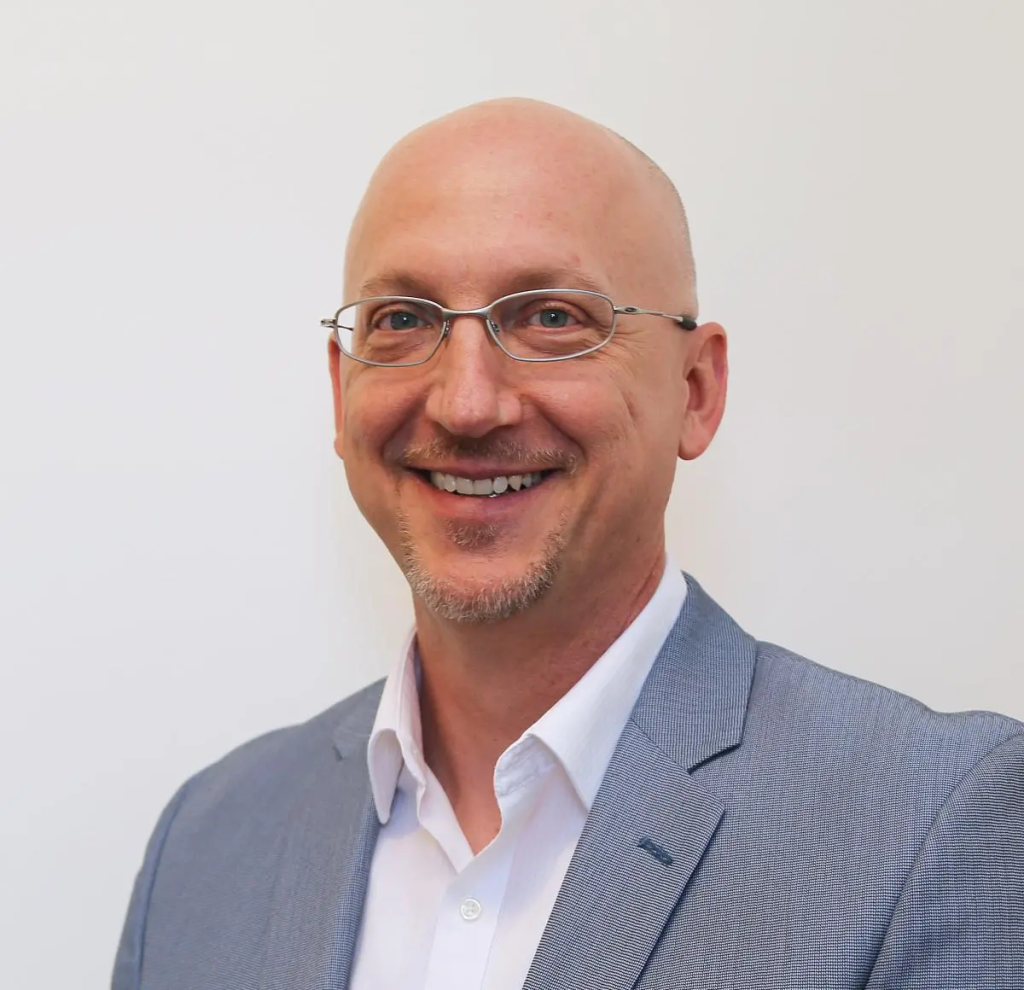
John Taylor
Georgia Institute of Technology
Bio: Dr. John E. Taylor is the inaugural Frederick Law Olmsted Professor of Civil and Environmental Engineering at Georgia Tech, where he currently serves as the Associate Chair for Faculty Development and Research Innovation in the School of Civil and Environmental Engineering. Dr. Taylor received his PhD from Stanford University in 2006. At Georgia Tech, he is founder and Director of the Network Dynamics Lab, which focuses on; (1) achieving sustained energy conservation by coupling energy use with occupant networks and examining inter-building network phenomena in cities, and (2) understanding and improving response times by affected human networks during extreme events in urban areas. Dr. Taylor’s research has received over $8M in funding from the National Science Foundation, the Department of Energy, the Alfred P. Sloan Foundation, and other public and private funding sources. His research was awarded the National Science Foundation’s CAREER Award in 2011. In 2020, Dr. Taylor was elected into the National Academy of Construction for his research and pedagogical efforts to improve urban sustainability and resilience and guide the evolution of smart cities. Dr. Taylor has authored over 250 technical publications, won five journal best paper awards, and founded two technology startups.
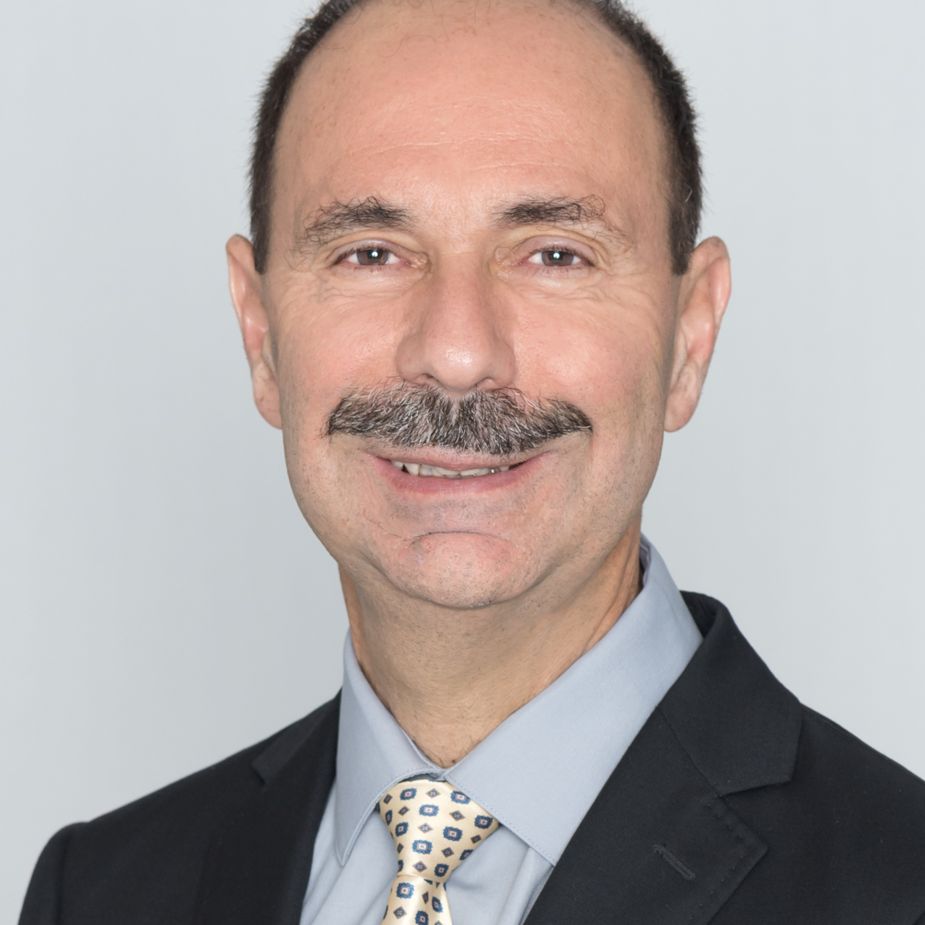
Vartan Piroumian
VP Consulting
Bio: Vartan Piroumian is an MIT alumnus who is president of VP consulting. He is a TOGAF® 9 Certified Enterprise Architect (EA), C-level strategy and technology consultant and adviser. He has advised clients in enterprise-level strategy, organizational management and transition and transformation in the delivery of enterprise-scale strategic and tactical business value through technology. He is currently recognized as a world leader in Digital Twin Technology and is a frequently-invited presenter and panelist at Digital Twin and IoT conferences and world forums. Mr. Piroumian advises and consults across numerous technology areas, industries and vertical markets.
Can AI save Digital Twins?
Abstract:
The term ‘digital twin’ first debuted circa 2002. But only in the past several years has the concept enjoyed a significant degree of exposure and recognition in the science, engineering, and commercial arenas. However, despite the increased attention, discussion, and activity, there has been little—if any—progress that might suggest that there is any favorable prognosis for ‘digital twins’ to become anything more than its current status as a concept unrealized.
The author has previously written about the true promise of digital twins: interoperability of computer applications across domains and industry verticals, not only in the modeling and simulation domains as is typically cited but generally. Interoperability implies many things such as automation of work flow absent humans, and the standardization of definitions and the representation of entities and abstractions just to name a few.
This presentation elucidates what the challenges are that have hindered the practical development of digital twins. It then presents ideas for how certain techniques and capabilities that are generally considered to fall under the AI rubric could help overcome some of those most fundamental impasses and help the digital twin arena achieve interoperability.
